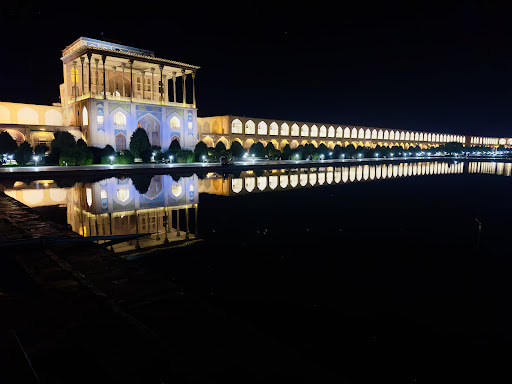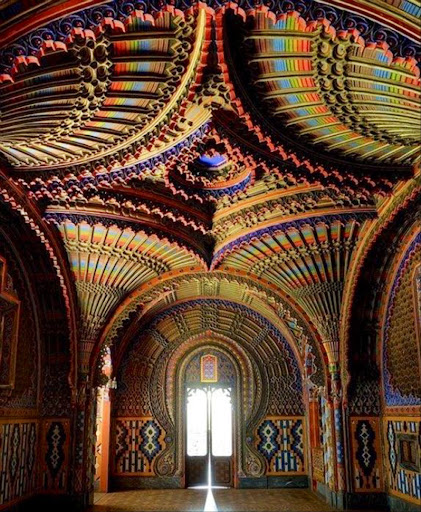Aali Qapu Palace things to do, attractions, restaurants, events info and trip planning
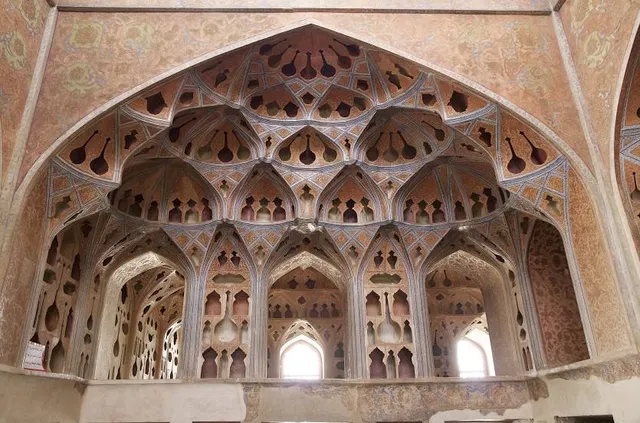
Basic Info
Aali Qapu Palace
MM4G+RM6, Isfahan, Isfahan Province, Iran
4.7(1.0K)
Open 24 hours
Save
spot
spot
Ratings & Description
Info
Ali Qapu Palace or the Grand Ali Qapu is an imperial palace in Isfahan, Iran. It is located on the western side of the Naqsh-e Jahan Square, opposite to Sheikh Lotfollah Mosque, and had been originally ...
Cultural
Accessibility
attractions: Naqsh-e Jahan Square, Sheikh Lotfollah Mosque, Shah Mosque, Chehel Sotoon Palace, Museum Of Decorative Arts, Qeysarie Gate, Assarkhaneh Shahi Museum, Emamzadeh Ahmad, Hasht Behesht Palace, Maqsoudbeyk Mosque, restaurants: Bastani Restaurant, Hamdamossaltaneh Cafe Restaurant, Atigh Traditional Restaurant, Keryas Cafe&Restaurant, Sogoli Cafe Restaurant, Nayeb restaurant, Jarchibashi Restaurant, Azam Beryani, Shomale Shahr Restaurant, رستوران قصر منشی
 Learn more insights from Wanderboat AI.
Learn more insights from Wanderboat AI.Phone
+98 31 3222 2173
Plan your stay

Pet-friendly Hotels in Isfahan
Find a cozy hotel nearby and make it a full experience.

Affordable Hotels in Isfahan
Find a cozy hotel nearby and make it a full experience.

The Coolest Hotels You Haven't Heard Of (Yet)
Find a cozy hotel nearby and make it a full experience.

Trending Stays Worth the Hype in Isfahan
Find a cozy hotel nearby and make it a full experience.
Reviews
Nearby attractions of Aali Qapu Palace
Naqsh-e Jahan Square
Sheikh Lotfollah Mosque
Shah Mosque
Chehel Sotoon Palace
Museum Of Decorative Arts
Qeysarie Gate
Assarkhaneh Shahi Museum
Emamzadeh Ahmad
Hasht Behesht Palace
Maqsoudbeyk Mosque
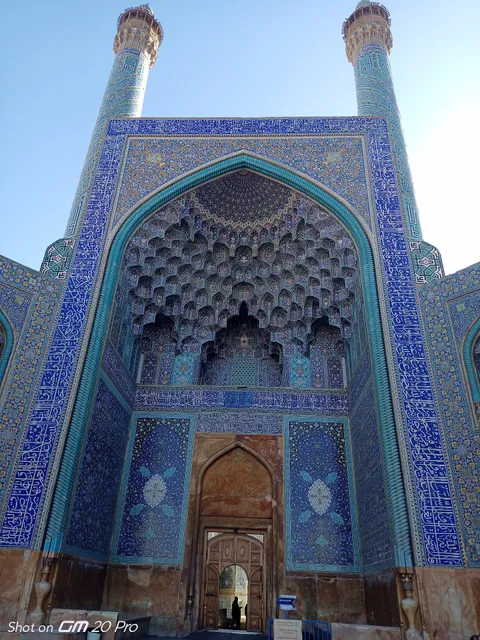
Naqsh-e Jahan Square
4.8
(541)
Open 24 hours
Click for details
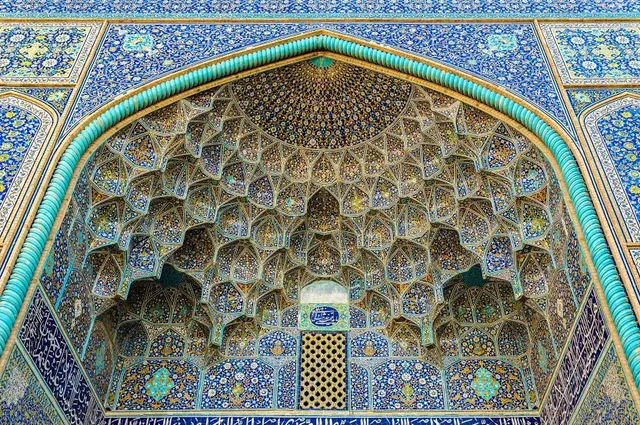
Sheikh Lotfollah Mosque
4.8
(645)
Open 24 hours
Click for details
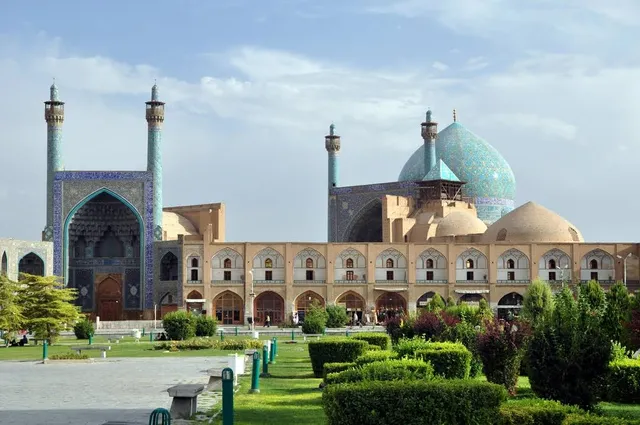
Shah Mosque
4.8
(618)
Open 24 hours
Click for details
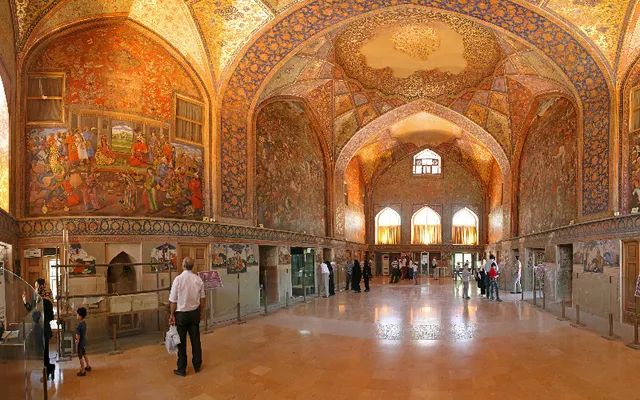
Chehel Sotoon Palace
4.6
(1.5K)
Open 24 hours
Click for details
Nearby restaurants of Aali Qapu Palace
Bastani Restaurant
Hamdamossaltaneh Cafe Restaurant
Atigh Traditional Restaurant
Keryas Cafe&Restaurant
Sogoli Cafe Restaurant
Nayeb restaurant
Jarchibashi Restaurant
Azam Beryani
Shomale Shahr Restaurant
رستوران قصر منشی
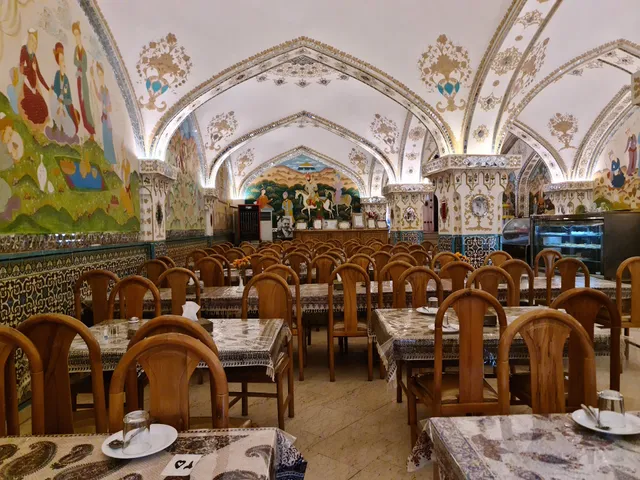
Bastani Restaurant
3.6
(207)
Click for details
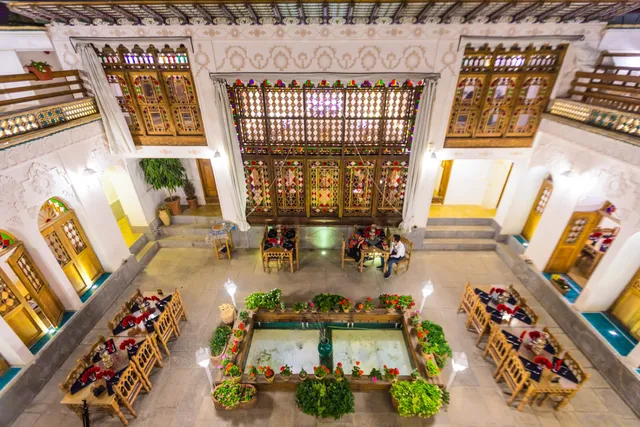
Hamdamossaltaneh Cafe Restaurant
3.8
(143)
Click for details

Atigh Traditional Restaurant
3.3
(78)
Click for details
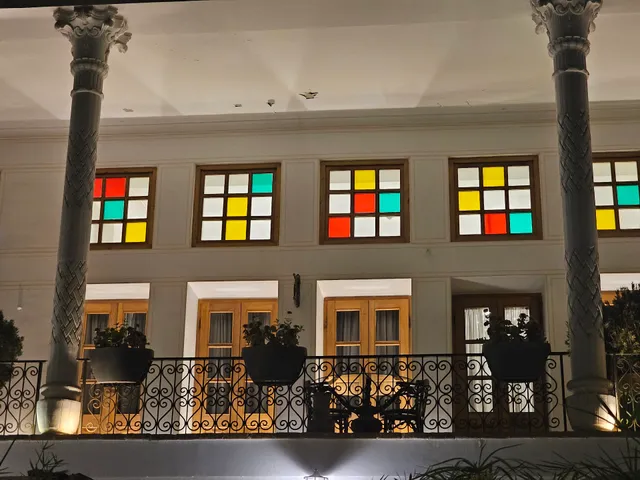
Keryas Cafe&Restaurant
4.1
(39)
Click for details


